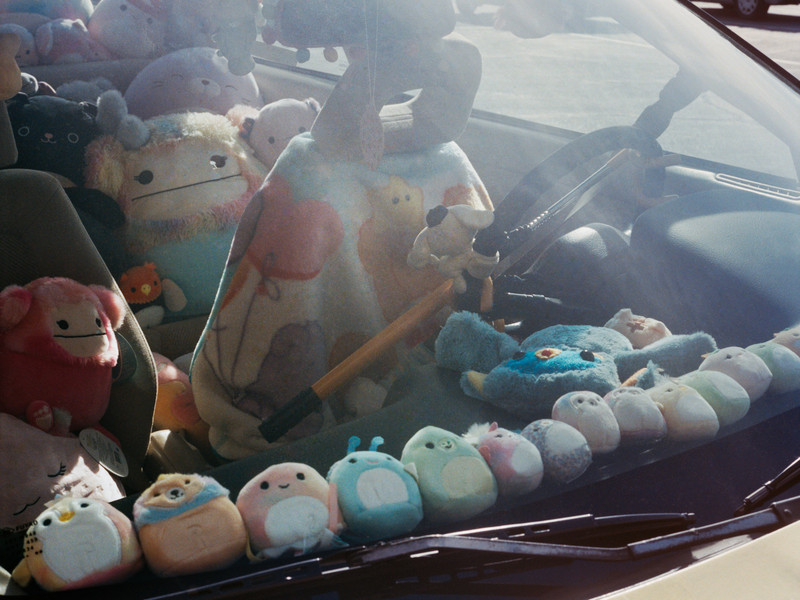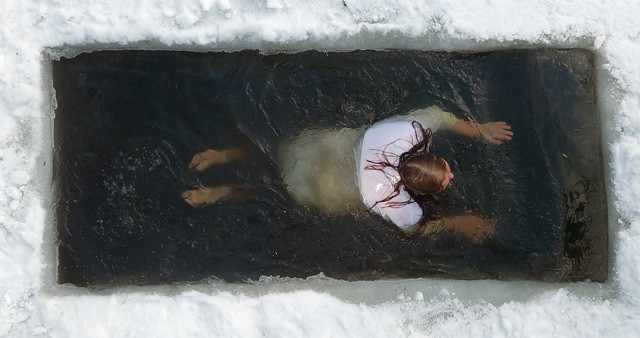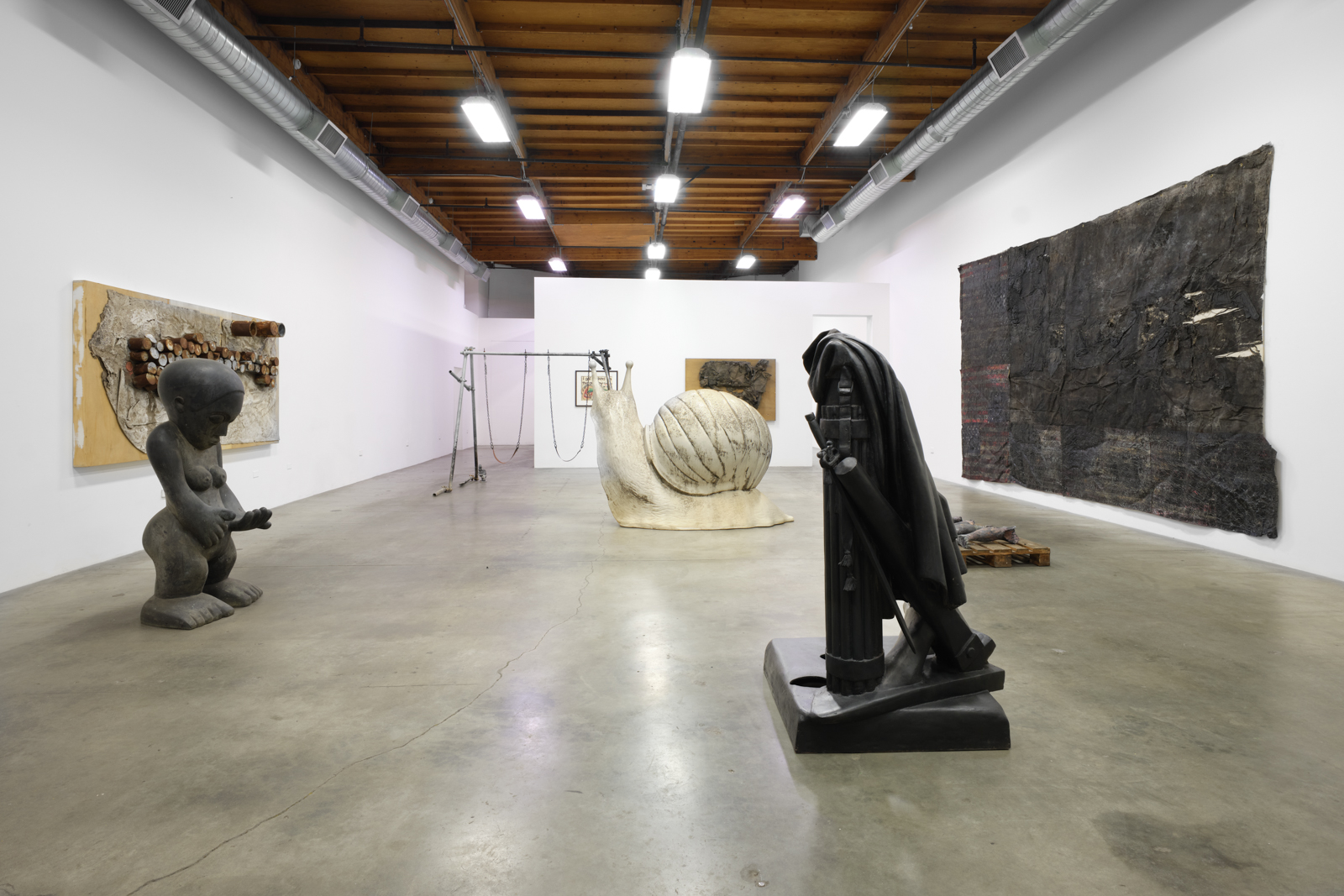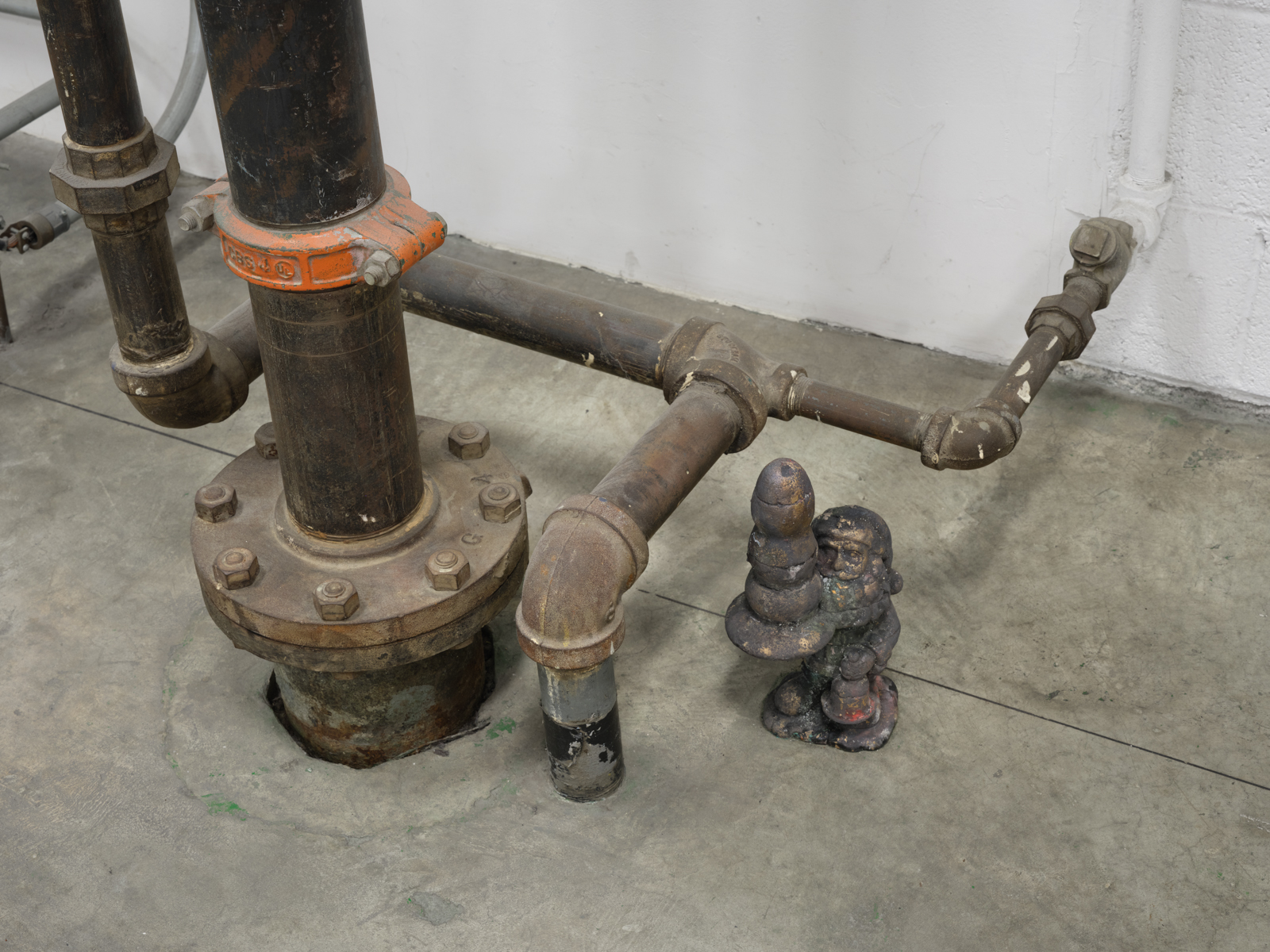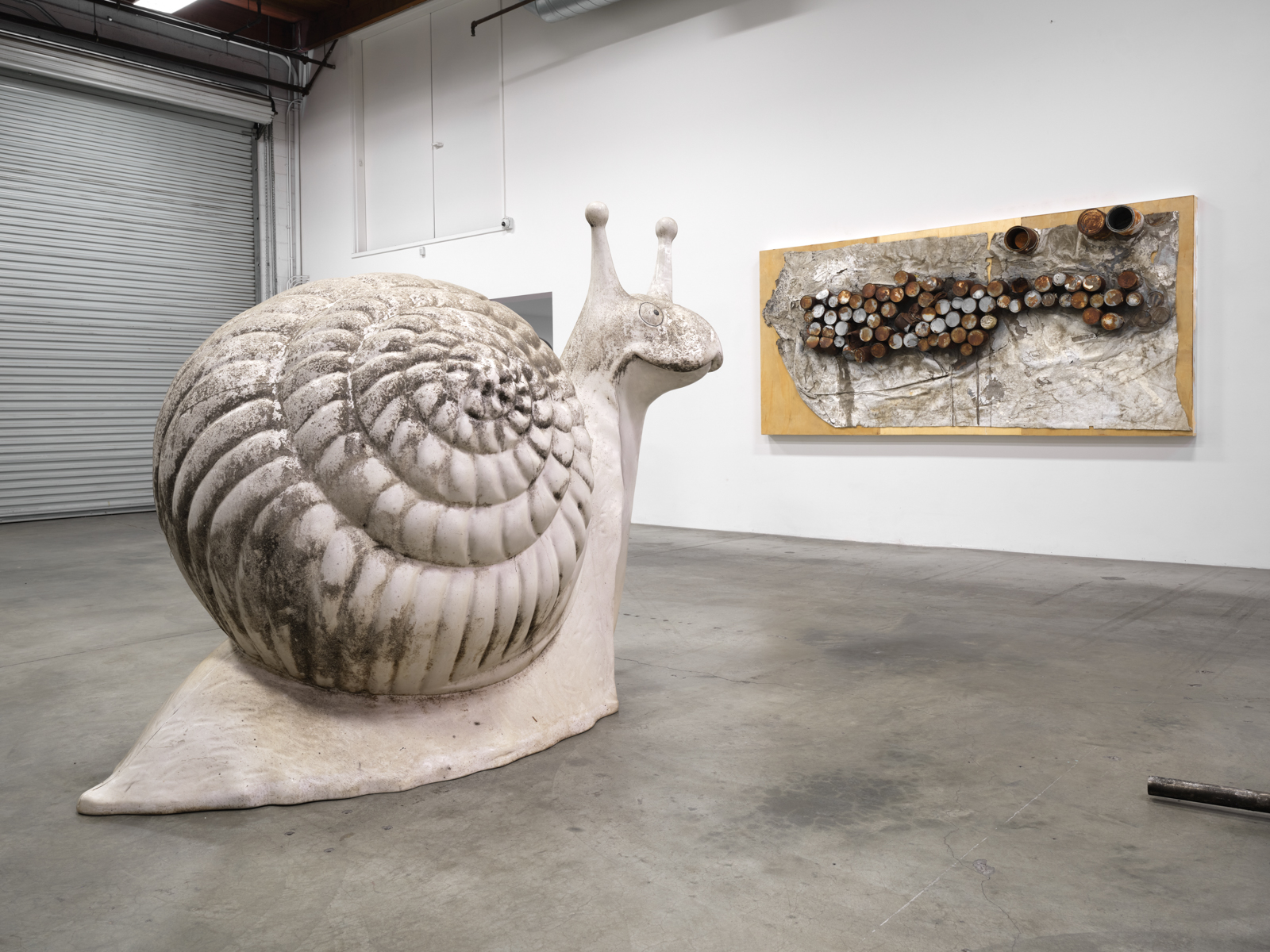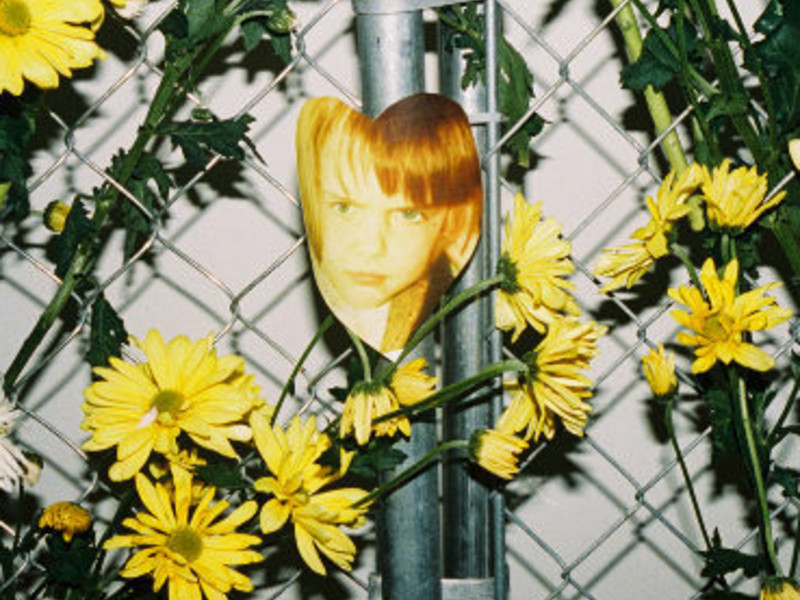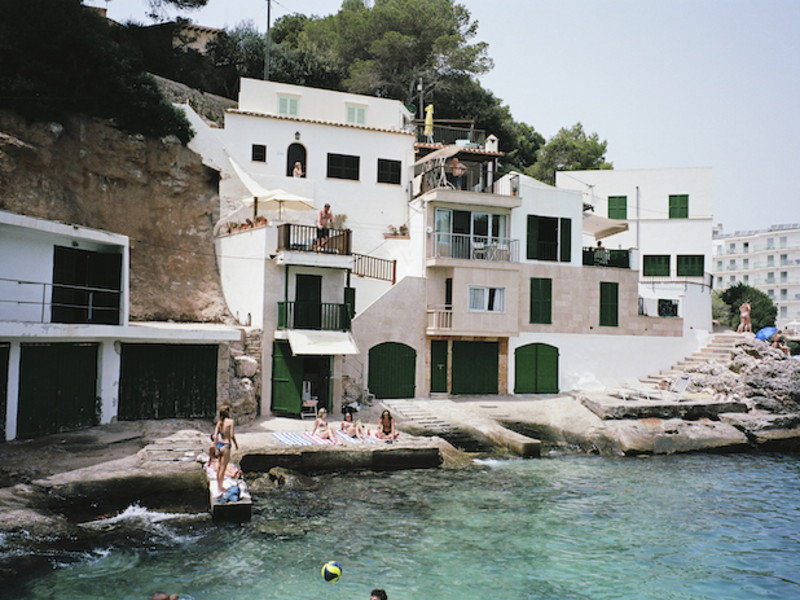A Peek Into Artist Lenard Smith's Studio
When speaking with Lenard, I realized how humble, ever-inspiring, and uber-stylish he really is; he continues to explore a multitude of creative outlets out of sheer curiosity.


You're a native Californian with Ghanaian parents so tell me a little bit about your childhood and family heritage.
As a young child, I was turned on to sciences and fine art by both of my parents. We ate traditional Ghanaian food; seafood was a family favorite. They did a good job of always reminding me where they came from, and where other family members resided. As far as I can remember, I was excited about geography. When I was seven, my father put me on a flight to London on a TWA 747 Jumbo Jet by myself in the care of a TWA chaperone to spend time with my family members from both sides. My Parents were born and raised in Ghana, West Africa, but our family has a heritage in Switzerland and Brazil as well.
What inspired you through your teenage years?
Throughout my teenage years, I had a very active lifestyle playing basketball, hiking, and skateboarding. In the '90s, I was listening to soul, hip-hop, punk, post-punk, classical, and my all-time favorite genre reggae music from Jamaica. I amassed a collection of just over 4,000 LPs, including over 500 seven-inch records and ten-inch singles.
When did you first realize that art, and specifically photography, was going to be your chosen path?
I was twenty years old, and working full-time for a well-known action sports footwear brand, and I would spend my entire paychecks on film, archival storage supplies, and making prints of my early photographic work.
What about your entry into Bard’s College and the MFA in Advanced Photographic Studies course that you completed there?
In 2006, while living and working in NYC, based in Brooklyn, I was given a life-changing opportunity — to apply for an MFA degree without having an undergraduate degree. I applied and was accepted and graduated in 2008 from Bard College with an MFA in Advanced Photographic Studies.


What was the incentive to move to London? What are your most memorable moments during that period?
I was living in Bologna, Italy in 1999, and was interested in moving to London to rekindle my relationships with the family that I had visited when I was a child. At that time of my life, photography was at the helm, and all I wanted to do was to pursue more opportunities and learn more about contemporary art and photography. Soon after arriving in London, I held a position with Carhartt WIP at Covent Garden. On my off days, I would explore the city with my camera, visiting my favorite galleries (Wapping Project, Hayward Gallery, Whitechapel Gallery, The Photographer’s Gallery), sometimes taking the train to Brighton to visit Photoworks and even record shopping. London was a really great place to be living and working in throughout the early 2000s. I recall laying in the tall blades of grass at Hyde Park staring into the clouds; spending dark rainy days flipping through pages of photography monographs at Claire de Rouen books; picking up magazines at Magma; expanding my record collection as a regular patron of Camden Market, Spitalfields Market in East London; my favorite record shops (Sounds of the Universe, Honest Jon’s, Reggae Revive, Daddy Kool, and Dub Vendor in Brixton.
And then New York City, the Big Apple, where you spent ten years. Could you name a few highlights?
My first jobs in New York were balanced between three days in an office as a photo editor for TRACE Magazine, and two days teaching photography to high school students in Brooklyn. In 2009 and 2010, I published two small books with Eric Elms; he ran the imprint &Press.
Your earlier photographic work contains very beautiful portraiture work that has since been archived and is no longer visible on your website. Is there a rationale here?
In 2017, I started making a shift in my studio practice — focusing more on landscapes and still-life, painting, and sculpture. In terms of what's visible on my website, I am always updating the site and moving things around. I guess it was an impulse to edit the work that I am interested in putting out into the world currently. Portraiture has allowed me to connect with people from diverse walks of life and inspired me to master the genre.

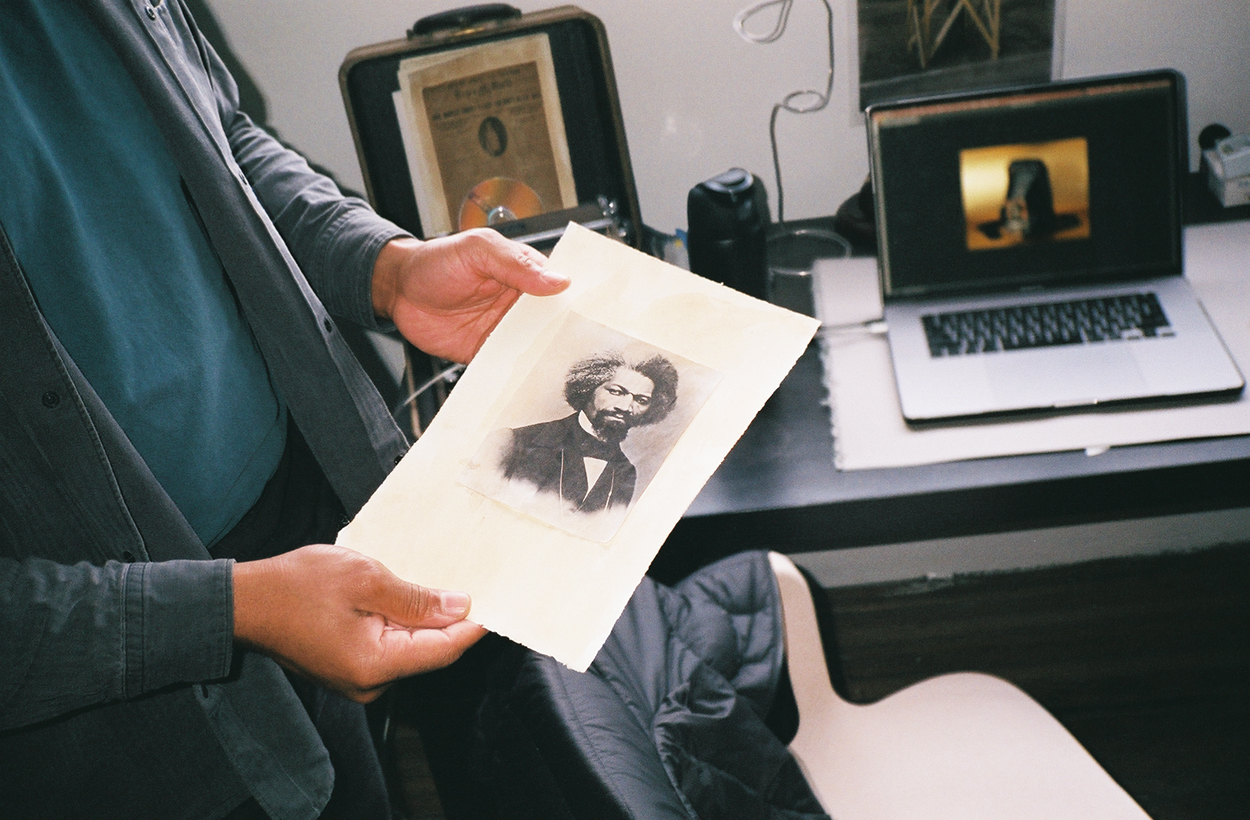
Now onto your current photographic series which appears to be primarily divided between still life and landscapes.
Yes, exactly. Over the last few years, I have been balancing the two modes: studio and fieldwork. The entrance point to my work consists of deep exploration into still-life, sculpture, field recordings, video, and painting.
Since visiting the studio I now fully appreciate how interdisciplinary your work really is so can you explain briefly how your photography, fine art, sculptures, film, and sound recordings are all interconnected?
I have a keen interest in architecture, ecosystems, infrastructure, design, and historical markers that have shaped my identity. These topics intersect in both my studio practice and fieldwork.
Is there a specific thread that runs through your sculptural work? The Maquettes, 2022 series is amazing; do you envisage them being turned into large-scale installations?
The recent Maquettes, serve as individual prototypes for monumental sculptures as public works of art. I am always thinking about composition and how balanced materials and forms serve as an exercise for understanding public space, architectural theory, and structural engineering. As an extension to this work, I am working with 3D renderings of these new sculptures for site-specific projects.

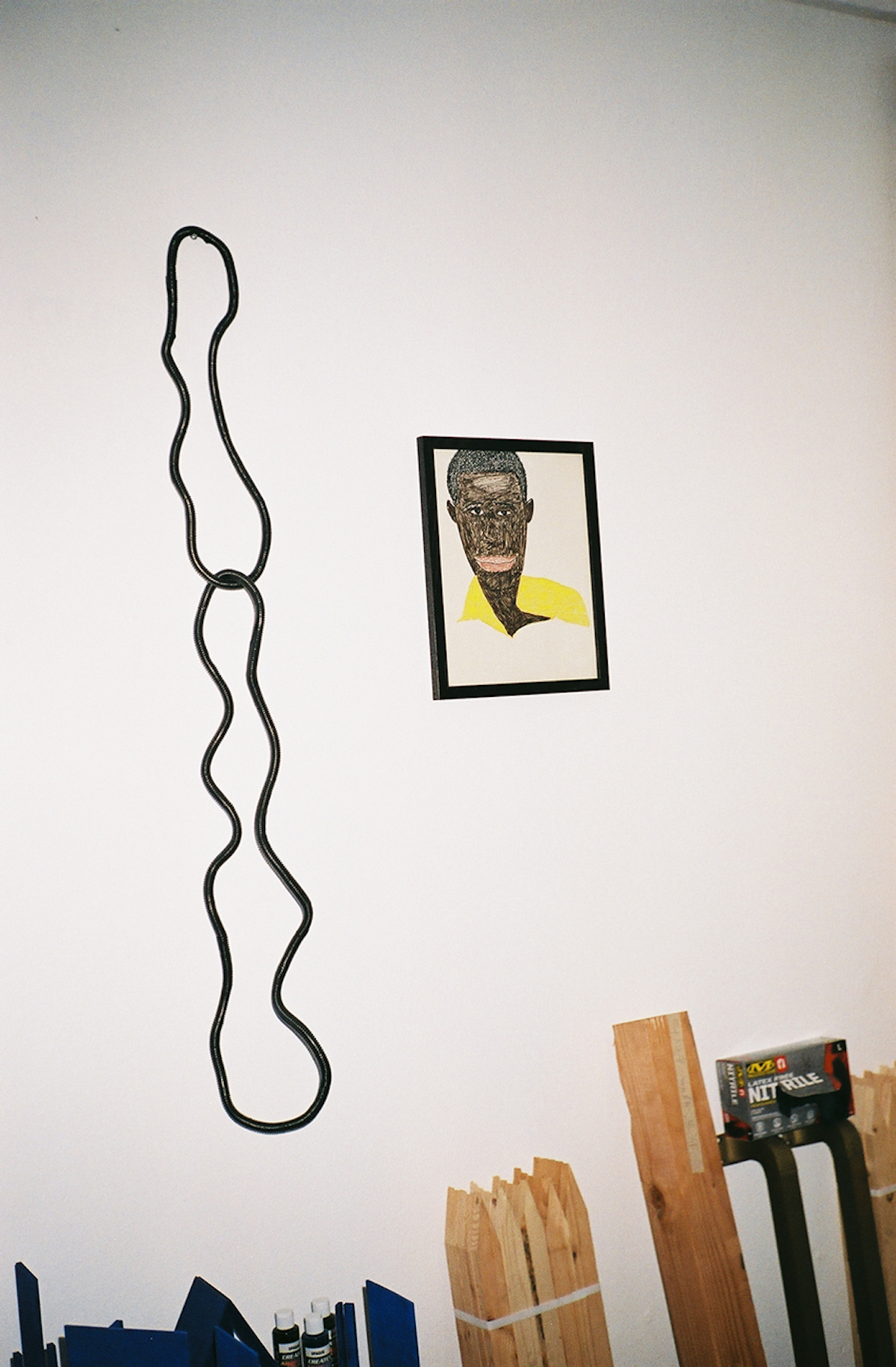
What are the ideas attached to some of your recent paintings?
Some of the work explores safety zones for people of color. Pointing to an endless quest through landscape and infrastructure to find peace and equality. The shapes in the paintings acknowledge observations I make in the world of systemic injustice.
Are the environmental sound recordings purely explorations for the time being?
I started compiling sounds in 2018 while working on a series of photographs in the Santa Monica Mountains and the Angeles National Forest. In 2020, my attention to making field recordings was to further my technical knowledge in working with sound. Building an audio library of various sounds, and experimenting with ways of transforming the sounds into experimental installations is where I am now with this work.
You also just completed a residency where you worked on the book, Melancholy Objects, published by Perimeter Books — a series of compositions made up of personal and found objects. Was this your plan or did the idea arise organically after your arrival?
The first couple of months of my residency were dedicated to scouring a floor in the residency building filled with objects left behind. Every day, I would collect objects and bring them to my studio. It was there that I was able to interrogate the purposes of these various inventions and start to exercise my interest in sculpture by creating compositions that reflected assemblage ideas. Yes, Melancholy Objects published by Perimeter Editions came to life in a very organic way. The publisher and I had got on a call discussing the work, and it was their idea to debut the book at the Printed Matter's 2022 NY Art Book Fair.
What are your top five tips for LA?
Explore Beaches; hikes in Santa Monica Mountains and Angeles National Forest; regularly visit Arcana Books on the Arts; go to Collapsing Scenery shows at Zebulon; go to art openings at Central Server Works and Artist Curated Projects.



